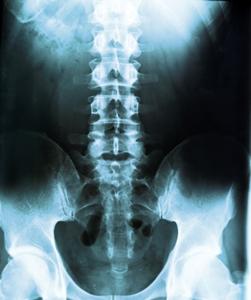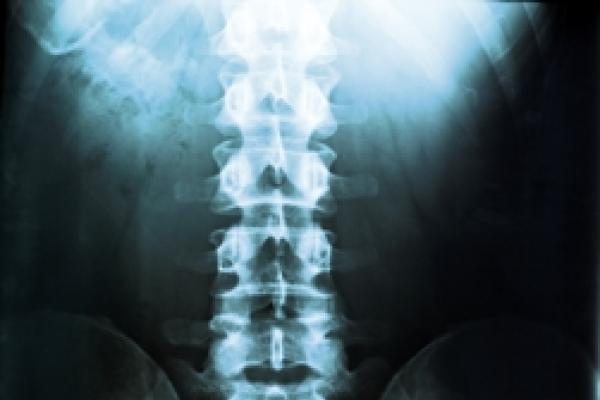
Stuart Crozier
Published: May 01, 2013

In the recent case of Boudreaux v Transocean Deepwater Inc (March 2013) the United States Court of Appeals for the Fifth Circuit reversed and rendered the District Court’s decision that a successful McCorpen defence automatically established an employer’s right to restitution.
Wallace Boudreaux began working for Transocean in January 2005 as a Jones Act Seaman. The Jones Act is a body of law established in 1920, which provides a cause of action in negligence for any seaman injured in in the course of their employment. Being a Jones Act Seaman entitled Boudreaux to maintenance and cure - a remedy available to a seaman who becomes ill or injured during their employment, regardless of fault. Maintenance is the seaman’s reasonable expenses of room and board while ashore, until the seaman is fit for duty or until maximum benefit of treatment is reached. Cure is the reasonable medical expenses incurred by the seaman for curative treatment.
Prior to his employment Boudreaux completed a pre-employment medical questionnaire (PEME) where he denied any history of back trouble. Five months into his employment Boudreaux claimed that he had injured his back while servicing the vessel’s equipment. Transocean paid Boudreaux maintenance and cure for almost five years. In April 2008 Boudreaux filed suit in the United States District Court for the Eastern District of Louisiana alleging mishandling of past maintenance and cure benefits and seeking punitive damages.
During discovery Transocean established evidence that Bordereaux had a history of back complaints and that those complaints were material to his current injury. Transocean filed a motion for partial summary judgment arguing they had a McCorpen defence to maintenance and cure. McCorpen v Central Gulf Steamship Corporation (5th Cir Court of Appeals) established the principle that there is such a defence if it can be shown that a seaman intentionally misrepresented or concealed a pre-existing medical condition that is material to his employment and causally linked to the alleged injury. In addition, Transocean also filed a counter claim to seek restitution for all past payments made in relation to maintenance and cure based upon the state law principles of fraud and unjust enrichment.
Historically, shipowners who have established a McCorpen defence have, on occasion gone on to seek reimbursement of their expenditure from the seaman, particularly if that very same seaman is pursuing a claim in tort under the Jones Act and, therefore, would potentially have readily available funds to reimburse a shipowner. Established case law in other circuits supports this course of action and, in particular, the case of Souviney v Graham (April 1994) in the Southern District of Alabama granted a defendant shipowner summary judgement on its counterclaim against a seaman for recovery of maintenance and cure based upon a successful McCorpen defence.
In the United States, admiralty courts liberally interpret maintenance and cure obligations for the benefit and protection of Jones Act seaman, who are considered wards of the court. As such, all ambiguities or doubts with respect to whether a seaman is entitled to maintenance and cure are generally resolved in favour of the seaman.
In Boudreaux, the district court stated that even seamen who are wards of the court must be forthright and truthful. The court agreed that Transocean had a McCorpen defence and further awarded summary judgment to Transocean on its counter claim.
Boudreaux appealed. The Court of Appeals was asked to consider whether it would recognise a new maritime cause of action allowing an employer who establishes a McCorpen defence an “automatic” right to recovery for maintenance and cure benefits paid.
The Court held that a seaman’s fraudulent misrepresentation of his medical history does not terminate the employment relationship, nor does it relieve the employer of its duties to the seaman should he suffer injury during its employment. The district court’s decision was reversed with the Court of Appeals citing two reasons: first, recognising the cause of action would be contrary to the purpose of maritime law, which is to protect seamen and second, an employer who establishes a McCorpen defence does not necessarily demonstrate that the seaman possesses the same level of intent required for common law fraud.
This was a 2:1 decision and it remains to be seen whether Transocean will seek a rehearing en banc. If so, a further decision may not be received until later this year or ultimately this case could end up being heard before the US Supreme Court.
Although a disappointing decision, from a shipowner’s point of view McCorpen is still a very useful and valid tool and the Club would continue to encourage Members to review a seaman’s pre-employment medical history if faced with a claim for maintenance and cure. For example, It is worth noting that although McCorpen does not bar recovery under the Jones Act, it can be used to argue contributory negligence as established in the case of Johnson v Cenac Towing (5th Cir. 2008). In that case Johnson had twice injured his back while working for prior employers, had been disabled for over one year and received various treatments. Despite this, he concealed these injuries when he applied for employment with Cenac Towing. The Fifth Circuit ruled that the intentional concealment constituted contributory negligence. “It appears that contributory negligence may be found where a seaman has concealed material information about a pre-existing injury or physical condition from his employer; exposes his body to a risk of re-injury or aggravation of the condition; and then suffers re-injury or aggravation injury.” Thus, the Court held Johnson’s damages under his negligence and unseaworthiness claims should be reduced.
Article by Stuart Crozier


